STAR BAIM (IQF)স্টার বাঁইম মাছ
$ 8.99 Original price was: $ 8.99.$ 7.99Current price is: $ 7.99.

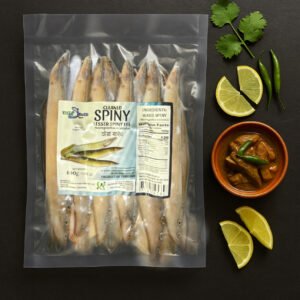
Origin & Habitat:
Star Baim is a freshwater spiny eel found in rivers, canals, ponds, and wetlands of Bangladesh, India, and Southeast Asia. It prefers muddy or sandy bottoms and comes out mostly at night to feed.
Appearance:
-
Long, slender, snake-like body
-
Brownish or grayish color with small dark spots or star-like patterns along the body
-
Narrow pointed head with small barbels
-
Looks like a small snake, but it is a true fish
Weight & Size:
-
Typically 100–500 grams
-
Can grow up to 1–1.5 feet long
Taste:
-
Soft, tender flesh
-
Less bony compared to other small fishes
-
Considered a delicacy in rural areas
Nutritional Value:
-
High in protein
-
Contains iron, calcium, and phosphorus
-
Traditionally believed to give strength and aid recovery
Uses:
-
Cooked in curries (baim machher jhol)
-
Fried or pan-roasted
-
Often prepared with mustard paste or mild spices

Origin & Habitat:
Star Baim is a freshwater spiny eel found in rivers, canals, ponds, and wetlands of Bangladesh, India, and Southeast Asia. It prefers muddy or sandy bottoms and comes out mostly at night to feed.
Appearance:
-
Long, slender, snake-like body
-
Brownish or grayish color with small dark spots or star-like patterns along the body
-
Narrow pointed head with small barbels
-
Looks like a small snake, but it is a true fish
Weight & Size:
-
Typically 100–500 grams
-
Can grow up to 1–1.5 feet long
Taste:
-
Soft, tender flesh
-
Less bony compared to other small fishes
-
Considered a delicacy in rural areas
Nutritional Value:
-
High in protein
-
Contains iron, calcium, and phosphorus
-
Traditionally believed to give strength and aid recovery
Uses:
-
Cooked in curries (baim machher jhol)
-
Fried or pan-roasted
-
Often prepared with mustard paste or mild spices
| Weight | N/A |
|---|---|
| Size | 1.5 LB |
| 5 |
|
0 |
| 4 |
|
0 |
| 3 |
|
0 |
| 2 |
|
0 |
| 1 |
|
0 |
Related Products
HOT SALE 10% OFF
HOT SALE 10% OFF
HOT SALE 10% OFF
HOT SALE 10% OFF
HOT SALE 10% OFF
HOT SALE 10% OFF
HOT SALE 10% OFF
HOT SALE 10% OFF
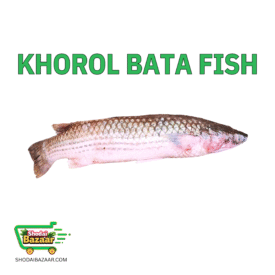
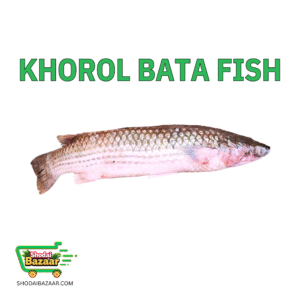
Origin & Habitat:
Khorol Bata is a small freshwater fish found in rivers, canals, beels, and ponds of Bangladesh and Eastern India. It belongs to the Bata fish family, which is quite common in rural markets.
Appearance:
-
Small to medium size, usually 50–200 grams
-
Slender body, silver in color with a shiny belly
-
Dorsal side (top) slightly darker
Weight: Typically under 200 grams, though bigger ones can be found.
Taste:
-
Very tasty, rich in flavor
-
Flesh is soft and fine
-
Small bones, but locals enjoy eating it whole (fried or curried)
Nutritional Value:
-
High in protein
-
Rich in calcium and phosphorus (good for bones)
-
Contains omega-3 fatty acids
Uses:
-
Often eaten fried (crispy style)
-
Cooked as a curry with potatoes or vegetables
-
Popular in village-style meals
HOT SALE 10% OFF
HOT SALE 10% OFF
HOT SALE 10% OFF
HOT SALE 10% OFF
HOT SALE 10% OFF
HOT SALE 10% OFF
HOT SALE 10% OFF
HOT SALE 10% OFF
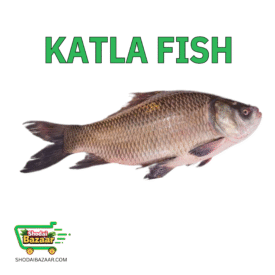
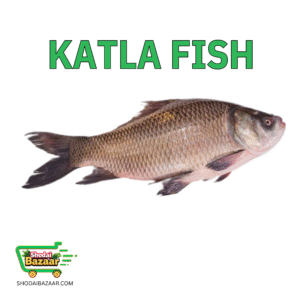 Katla Fish is a popular freshwater fish in South Asia (mainly Bangladesh, India, and Nepal). It belongs to the carp family, grows quite large in size (often several kilograms), and has a broad head with a deep body. Katla is well known for its soft, tasty flesh and is commonly prepared in curries, fried dishes, or traditional stews.
Katla Fish is a popular freshwater fish in South Asia (mainly Bangladesh, India, and Nepal). It belongs to the carp family, grows quite large in size (often several kilograms), and has a broad head with a deep body. Katla is well known for its soft, tasty flesh and is commonly prepared in curries, fried dishes, or traditional stews.
HOT SALE 10% OFF
HOT SALE 10% OFF
HOT SALE 10% OFF
HOT SALE 10% OFF
HOT SALE 10% OFF
HOT SALE 10% OFF
HOT SALE 10% OFF
HOT SALE 10% OFF

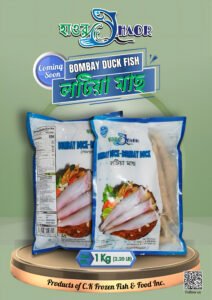
Origin & Habitat:
Lotia fish is a freshwater fish commonly found in rivers, canals, ponds, and wetlands of Bangladesh and India. It is a small fish that is very popular in local markets and village diets.
Appearance:
-
Small, slender body
-
Silvery-gray color with a shiny belly
-
Smooth skin with tiny scales
-
Narrow head with small fins
Weight:
-
Usually 20–150 grams
-
Small size makes it ideal for quick cooking
Taste:
-
Soft, tender, and mildly flavored flesh
-
Few fine bones, easy to eat
-
Very suitable for curries and frying
Nutritional Value:
-
High in protein
-
Contains calcium, phosphorus, and essential vitamins
-
Low in fat, healthy for all ages
Uses:
-
Fried whole (Lotia Fry)
-
Cooked in light curry (machher jhol)
-
Sometimes used in mixed small fish dishes in villages
HOT SALE 10% OFF
HOT SALE 10% OFF
HOT SALE 10% OFF
HOT SALE 10% OFF
HOT SALE 10% OFF
HOT SALE 10% OFF
HOT SALE 10% OFF
HOT SALE 10% OFF
HOT SALE 10% OFF
HOT SALE 10% OFF
HOT SALE 10% OFF
HOT SALE 10% OFF
HOT SALE 10% OFF
HOT SALE 10% OFF
HOT SALE 10% OFF
HOT SALE 10% OFF
HOT SALE 10% OFF
HOT SALE 10% OFF
HOT SALE 10% OFF
HOT SALE 10% OFF
HOT SALE 10% OFF
HOT SALE 10% OFF
HOT SALE 10% OFF
HOT SALE 10% OFF
HOT SALE 10% OFF
HOT SALE 10% OFF
HOT SALE 10% OFF
HOT SALE 10% OFF
HOT SALE 10% OFF
HOT SALE 10% OFF
HOT SALE 10% OFF
HOT SALE 10% OFF
HOT SALE 10% OFF
HOT SALE 10% OFF
HOT SALE 10% OFF
HOT SALE 10% OFF
HOT SALE 10% OFF
HOT SALE 10% OFF
HOT SALE 10% OFF
HOT SALE 10% OFF
HOT SALE 10% OFF
HOT SALE 10% OFF
HOT SALE 10% OFF
HOT SALE 10% OFF
HOT SALE 10% OFF
HOT SALE 10% OFF
HOT SALE 10% OFF
HOT SALE 10% OFF
HOT SALE 10% OFF
HOT SALE 10% OFF
HOT SALE 10% OFF
HOT SALE 10% OFF
HOT SALE 10% OFF
HOT SALE 10% OFF
HOT SALE 10% OFF
HOT SALE 10% OFF
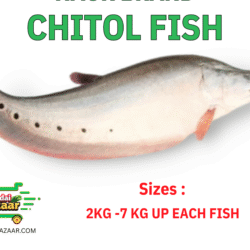
HOT SALE 10% OFF
HOT SALE 10% OFF
HOT SALE 10% OFF
HOT SALE 10% OFF
HOT SALE 10% OFF
HOT SALE 10% OFF
HOT SALE 10% OFF
HOT SALE 10% OFF
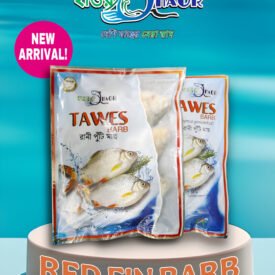
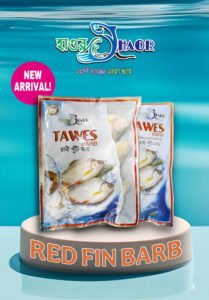
Origin & Habitat:
Rani Puti is a freshwater fish commonly found in rivers, ponds, canals, and wetlands of Bangladesh, India, and neighboring South Asian countries. It is a popular small fish in rural and urban diets.
Appearance:
-
Small-sized, slender body
-
Silvery-white color with a slight golden tint
-
Smooth skin with tiny scales
-
Pointed head and small fins
Weight:
-
Usually 20–100 grams
-
Very small compared to common freshwater fish
Taste:
-
Soft, tender, and mild-flavored flesh
-
Few tiny bones, easy to eat
-
Very popular for frying whole or cooking in light curries
Nutritional Value:
-
High in protein
-
Contains calcium, phosphorus, and essential vitamins
-
Low in fat, suitable for all ages
Uses:
-
Fried crispy (Rani Puti Fry)
-
Cooked in light curry (machher jhol)
-
Often included in mixed fish dishes in village-style meals
HOT SALE 10% OFF
HOT SALE 10% OFF
HOT SALE 10% OFF
HOT SALE 10% OFF
HOT SALE 10% OFF
HOT SALE 10% OFF
HOT SALE 10% OFF
HOT SALE 10% OFF

HOT SALE 10% OFF
HOT SALE 10% OFF
HOT SALE 10% OFF
HOT SALE 10% OFF
HOT SALE 10% OFF
HOT SALE 10% OFF
HOT SALE 10% OFF
HOT SALE 10% OFF
HOT SALE 10% OFF
HOT SALE 10% OFF
HOT SALE 10% OFF
HOT SALE 10% OFF
HOT SALE 10% OFF
HOT SALE 10% OFF
HOT SALE 10% OFF
HOT SALE 10% OFF
HOT SALE 10% OFF
HOT SALE 10% OFF
HOT SALE 10% OFF
HOT SALE 10% OFF
HOT SALE 10% OFF
HOT SALE 10% OFF
HOT SALE 10% OFF
HOT SALE 10% OFF
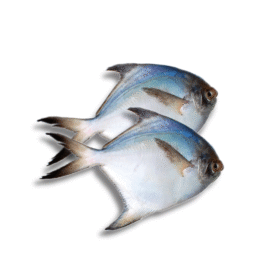
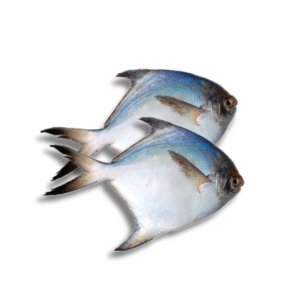
Origin & Habitat:
Shada Rupchada is a freshwater fish commonly found in rivers, ponds, and haors of Bangladesh and India. It is the lighter-colored variant of Rupchada fish.
Appearance:
-
Medium-sized, slightly flattened and elongated body
-
Silvery-white color, sometimes with a light golden tint
-
Small scales, smooth skin
-
Broad head with a pointed mouth
Weight:
-
Typically 200 grams – 1.5 kilograms
Taste:
-
Soft, tender, and mild-flavored flesh
-
Few bones, easy to cook and eat
-
Ideal for curries, frying, or roasting
Nutritional Value:
-
High in protein
-
Contains calcium, phosphorus, and essential vitamins
-
Low in fat, healthy for all ages
Uses:
-
Cooked in traditional curries (machher jhol)
-
Fried or roasted with spices
-
Popular in both rural and urban markets
HOT SALE 10% OFF
HOT SALE 10% OFF
HOT SALE 10% OFF
HOT SALE 10% OFF
HOT SALE 10% OFF
HOT SALE 10% OFF
HOT SALE 10% OFF
HOT SALE 10% OFF
HOT SALE 10% OFF
HOT SALE 10% OFF
HOT SALE 10% OFF
HOT SALE 10% OFF
HOT SALE 10% OFF
HOT SALE 10% OFF
HOT SALE 10% OFF
HOT SALE 10% OFF
HOT SALE 10% OFF
HOT SALE 10% OFF
HOT SALE 10% OFF
HOT SALE 10% OFF
HOT SALE 10% OFF
HOT SALE 10% OFF
HOT SALE 10% OFF
HOT SALE 10% OFF
HOT SALE 10% OFF
HOT SALE 10% OFF
HOT SALE 10% OFF
HOT SALE 10% OFF
HOT SALE 10% OFF
HOT SALE 10% OFF
HOT SALE 10% OFF
HOT SALE 10% OFF
HOT SALE 10% OFF
HOT SALE 10% OFF
HOT SALE 10% OFF
HOT SALE 10% OFF
HOT SALE 10% OFF
HOT SALE 10% OFF
HOT SALE 10% OFF
HOT SALE 10% OFF
HOT SALE 10% OFF
HOT SALE 10% OFF
HOT SALE 10% OFF
HOT SALE 10% OFF
HOT SALE 10% OFF
HOT SALE 10% OFF
HOT SALE 10% OFF
HOT SALE 10% OFF
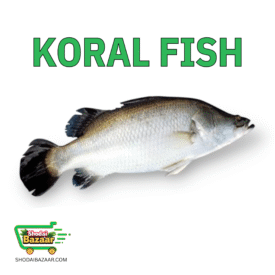
Rohu Fish – Gutted, Frozen (IQF)
Description:
-
Fresh Frozen Rohu Fish (Labeo rohita)
-
Gutted and Individually Quick Frozen (IQF)
-
Keep frozen at -18°C or below
Rohu fish, gutted and frozen using IQF technology to maintain freshness. Suitable for cooking a variety of South Asian dishes.
HOT SALE 10% OFF
HOT SALE 10% OFF
HOT SALE 10% OFF
HOT SALE 10% OFF
HOT SALE 10% OFF
HOT SALE 10% OFF
HOT SALE 10% OFF
HOT SALE 10% OFF
HOT SALE 10% OFF
HOT SALE 10% OFF
HOT SALE 10% OFF
HOT SALE 10% OFF
HOT SALE 10% OFF
HOT SALE 10% OFF
HOT SALE 10% OFF
HOT SALE 10% OFF
HOT SALE 10% OFF
HOT SALE 10% OFF
HOT SALE 10% OFF
HOT SALE 10% OFF
HOT SALE 10% OFF
HOT SALE 10% OFF
HOT SALE 10% OFF
HOT SALE 10% OFF
HOT SALE 10% OFF
HOT SALE 10% OFF
HOT SALE 10% OFF
HOT SALE 10% OFF
HOT SALE 10% OFF
HOT SALE 10% OFF
HOT SALE 10% OFF
HOT SALE 10% OFF
HOT SALE 10% OFF
HOT SALE 10% OFF
HOT SALE 10% OFF
HOT SALE 10% OFF
HOT SALE 10% OFF
HOT SALE 10% OFF
HOT SALE 10% OFF
HOT SALE 10% OFF
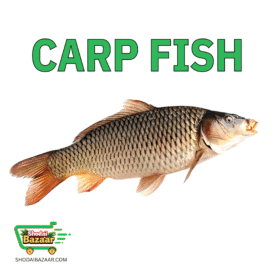
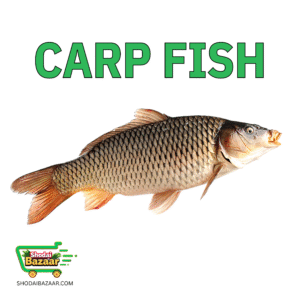 Origin & Habitat:
Origin & Habitat:
Carp is one of the most common freshwater fish in the world. Native to Europe and Asia, it is now widely farmed across the globe, including Bangladesh, India, China, and the USA.
Appearance:
-
Medium to large size
-
Thick body with large shiny scales
-
Colors vary from silver, golden to grayish-black
Weight: Can range from 1–15 kg depending on species and environment.
Taste:
-
Mild and slightly sweet flavor
-
Firm but tender flesh
-
Some species have fine bones, while others have fewer bones
Nutritional Value:
-
Rich in protein
-
Contains omega-3 fatty acids
-
Good source of vitamin B12, phosphorus, and selenium
Uses:
-
Widely used in curries (machher jhol in Bengali cuisine)
-
Grilled, fried, or baked
-
A staple fish in South Asian and East European cuisine
HOT SALE 10% OFF
HOT SALE 10% OFF
HOT SALE 10% OFF
HOT SALE 10% OFF
HOT SALE 10% OFF
HOT SALE 10% OFF
HOT SALE 10% OFF
HOT SALE 10% OFF
HOT SALE 10% OFF
HOT SALE 10% OFF
HOT SALE 10% OFF
HOT SALE 10% OFF
HOT SALE 10% OFF
HOT SALE 10% OFF
HOT SALE 10% OFF
HOT SALE 10% OFF
HOT SALE 10% OFF
HOT SALE 10% OFF
HOT SALE 10% OFF
HOT SALE 10% OFF
HOT SALE 10% OFF
HOT SALE 10% OFF
HOT SALE 10% OFF
HOT SALE 10% OFF

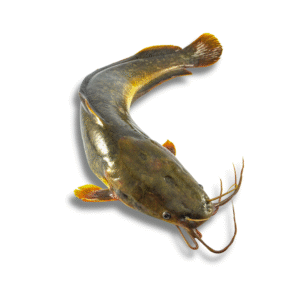
Origin & Habitat:
Shol fish, also known as Snakehead Murrel, is a freshwater predatory fish found in rivers, canals, ponds, and swamps across Bangladesh, India, and Southeast Asia. It’s locally called Shol in Bengali.
Appearance:
-
Long, cylindrical body that looks snake-like
-
Dark brown or blackish on top, lighter on the belly
-
Large mouth with sharp teeth
-
No scales on the head (smooth surface)
Weight: Usually 500 grams – 3 kg, but some grow up to 6–7 kg in natural rivers.
Taste:
-
Firm, tasty flesh with fewer bones
-
Considered very nutritious and healthy
-
Often recommended for weak or recovering patients
Nutritional Value:
-
High-quality protein
-
Rich in iron, calcium, and phosphorus
-
Contains omega-3 fatty acids and amino acids that help in tissue repair
Uses:
-
Cooked in curries (shol machher jhol)
-
Fried or roasted with spices
-
In traditional medicine, shol is believed to help in healing after surgery or illness
HOT SALE 10% OFF
HOT SALE 10% OFF
HOT SALE 10% OFF
HOT SALE 10% OFF
HOT SALE 10% OFF
HOT SALE 10% OFF
HOT SALE 10% OFF
HOT SALE 10% OFF
HOT SALE 10% OFF
HOT SALE 10% OFF
HOT SALE 10% OFF
HOT SALE 10% OFF
HOT SALE 10% OFF
HOT SALE 10% OFF
HOT SALE 10% OFF
HOT SALE 10% OFF
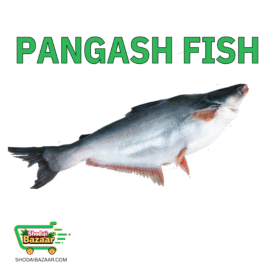
Origin: Native to South and Southeast Asia, especially Bangladesh, India, Vietnam, and Thailand.
Nature: A freshwater catfish species, commonly farmed because it grows fast and survives well in ponds and rivers.
Appearance:
-
Long body, smooth skin without scales
-
Color: grayish on top and silver-white on the belly
-
Has a broad head with whisker-like barbels (catfish feature)
Weight: Can range from 500 grams to several kilograms (some grow up to 10–15 kg).
Taste: Soft, tender flesh with very few bones; mild flavor, often compared to tilapia but slightly fattier.
Nutritional Value:
-
Rich in protein
-
Contains omega-3 fatty acids
-
Source of calcium, iron, vitamin A, and phosphorus
Uses:
-
Popular for curries, fish soups, and fried dishes
-
Also exported as fillets (often called pangasius in international markets)
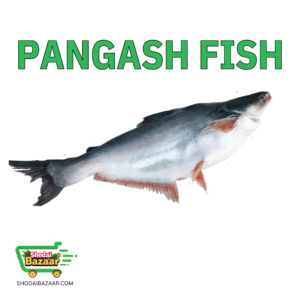
HOT SALE 10% OFF
HOT SALE 10% OFF
HOT SALE 10% OFF
HOT SALE 10% OFF
HOT SALE 10% OFF
HOT SALE 10% OFF
HOT SALE 10% OFF
HOT SALE 10% OFF
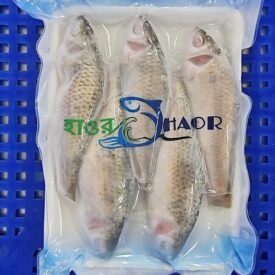


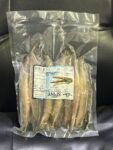
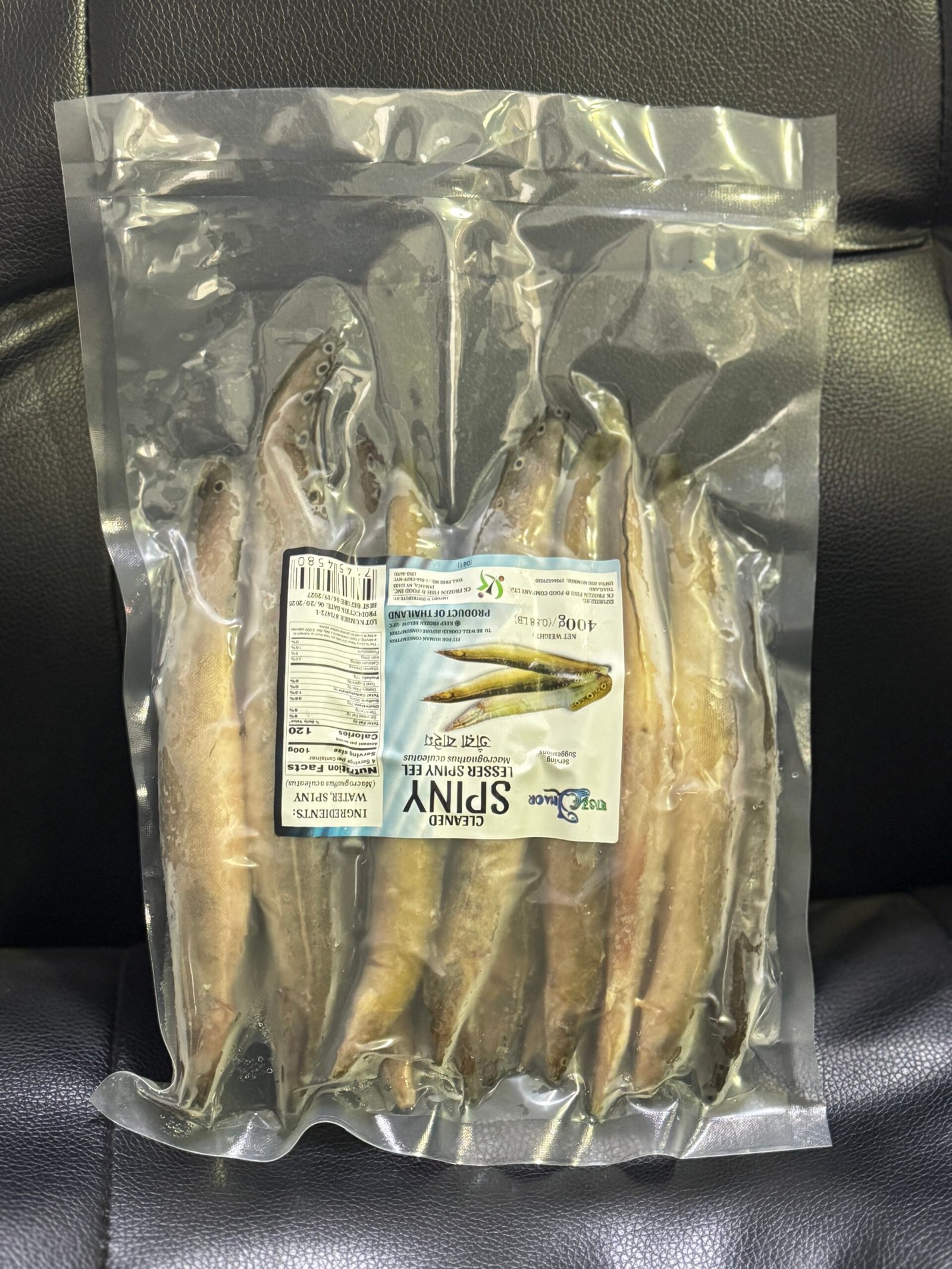


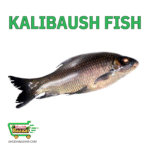
Reviews
There are no reviews yet.